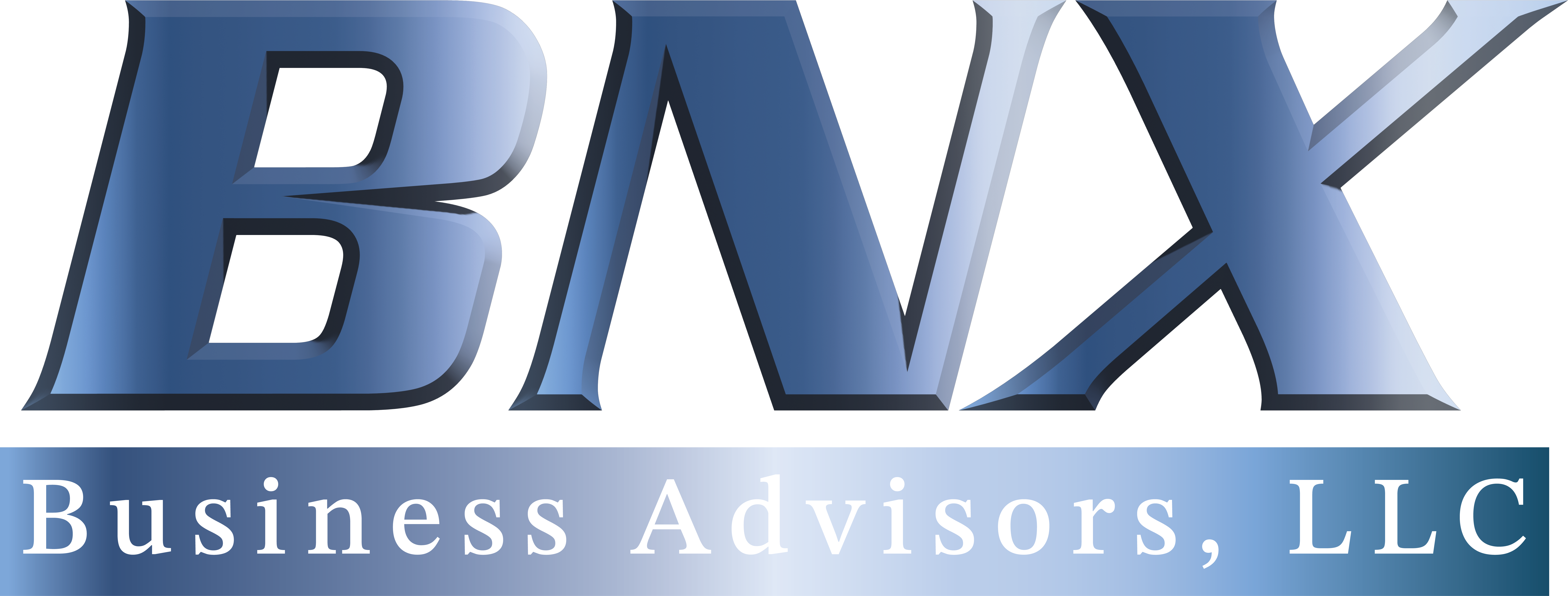
Introduction
Navigating the intricate landscape of business compliance can often feel like a journey through chaos. With a multitude of regulations, standards, and guidelines to adhere to, it’s easy to get lost in the complexity of the compliance universe. However, transforming your approach from chaos to clarity is not only possible but necessary for the long-term success and sustainability of your organization. In this blog, we will provide you with a roadmap to compliance best practices, helping you find your way from the murky waters of confusion to a place of clear and effective compliance.
**1. Start with a Compliance Audit**
Before embarking on any compliance journey, it’s crucial to know where you currently stand. Conduct a comprehensive compliance audit to assess your organization’s current compliance status. This should involve:
– Identifying relevant regulations, standards, and industry-specific requirements.
– Reviewing existing policies and procedures.
– Analyzing historical compliance records and issues.
– Assessing the effectiveness of your current compliance management system.
By gaining a clear understanding of your starting point, you can set specific and achievable compliance goals.
**2. Appoint a Compliance Officer or Team**
Effective compliance requires a dedicated effort. Appoint a compliance officer or team responsible for overseeing and managing compliance initiatives within your organization. This team should be well-versed in compliance regulations, and their primary role should be to create a culture of compliance and to ensure all compliance efforts are coordinated and aligned.
**3. Develop Comprehensive Policies and Procedures**
Once you have assessed your current compliance status and appointed a compliance team, the next step is to create or revise your compliance policies and procedures. These should cover all relevant regulatory requirements and be communicated clearly throughout the organization. Make sure they are easily accessible and regularly updated to reflect changes in regulations.
**4. Employee Training and Awareness**
Compliance isn’t just the responsibility of the compliance officer or team; it’s a shared effort. Develop a comprehensive training program to educate your employees about compliance standards, company policies, and their individual responsibilities. Ensure that all employees are aware of the importance of compliance and understand the potential consequences of non-compliance.
**5. Regular Compliance Audits and Assessments**
Don’t stop at the initial compliance audit. Regularly conduct compliance audits and assessments to ensure ongoing adherence to best practices. These evaluations will help you identify potential gaps or areas for improvement. Address any issues promptly and use the findings to refine your compliance policies and procedures continually.
**6. Proactive Regulatory Monitoring**
Regulations are constantly changing, and you must stay ahead of them. Assign a compliance officer or team to monitor regulatory changes, adapt your policies accordingly, and communicate updates within your organization. A proactive approach will help you anticipate potential compliance challenges and address them before they become problems.
**7. Whistleblower Protection and Reporting Mechanisms**
Implement a whistleblower protection policy to encourage employees to report potential compliance concerns without fear of retaliation. Establish a confidential reporting mechanism that allows employees to voice their concerns and contribute to your organization’s commitment to compliance.
**8. Document and Communicate Your Compliance Efforts**
Proper documentation is a cornerstone of effective compliance. Keep records of all compliance activities, including training, audits, assessments, and policy updates. Communicate your compliance achievements and improvements to employees, stakeholders, and regulatory authorities to showcase your dedication to best practices.
Conclusion
Transforming your compliance strategy from chaos to clarity is a vital journey for any organization. By following this roadmap and incorporating best practices, you can not only ensure that your business adheres to regulatory requirements but also foster a culture of responsibility, accountability, and integrity within your organization. Compliance isn’t just about avoiding legal trouble; it’s about building a strong foundation for long-term success and sustainability. Embrace this roadmap, and you will find your way to clarity in the complex world of business compliance.
